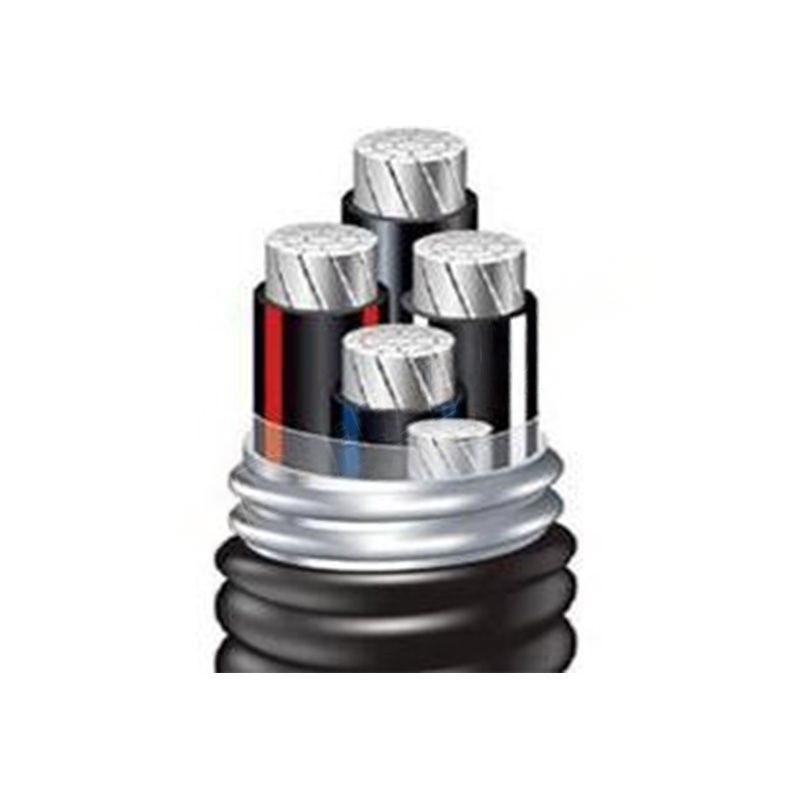Déc . 10, 2024 06:30 Back to list
foot valve with strainer
Understanding Foot Valves with Strainers Essential Components for Efficient Fluid Management
Foot valves with strainers are crucial components employed in various industries, especially in water and wastewater management, irrigation, and pumping systems. Their primary role is to prevent backflow and debris from entering a pump or suction line, ensuring efficient and uninterrupted fluid handling. In this article, we will explore the significance, functions, and applications of foot valves with strainers, providing insight into their design and operational principles.
What is a Foot Valve?
A foot valve is a type of check valve that is installed at the inlet of a pump, typically submerged in a fluid source like a well, tank, or pond. Its main function is to maintain prime in the pump by preventing the backflow of liquid. When the pump is not in operation, the foot valve closes, ensuring that the liquid remains in the suction line and the pump housing, which is essential for quick and efficient pump start-up.
Importance of Strainers
Strainers are essential attachments to foot valves designed to prevent larger particles and debris from entering the pump. These components feature a porous mesh or screen that filters out unwanted material, protecting the pump from damage and reducing maintenance needs. Depending on the application, strainers come in various sizes and mesh ratings, allowing for the selection of a suitable option based on the specific fluid being pumped and the level of particulate matter present.
How Foot Valves with Strainers Work
The operation of foot valves equipped with strainers is relatively straightforward. When the pump is activated, a vacuum is created that opens the foot valve, allowing fluid to flow from the source into the suction line and the pump. Simultaneously, the strainer prevents any solid debris from being drawn into the pump. Once the pump shuts down, the foot valve automatically closes, creating a seal and holding the fluid in the system until the next operation.
Benefits of Using Foot Valves with Strainers
1. Preventative Maintenance By filtering out debris and preventing backflow, foot valves with strainers extend the lifespan of pumps and reduce the frequency of repairs and maintenance. 2. Efficient Operation With the ability to maintain prime and prevent air locks, these valves contribute to smoother pump operations, which can lead to improved efficiency and energy savings.
foot valve with strainer

4. Easy Installation Most foot valves with strainers are designed for easy installation, promoting seamless integration into existing plumbing and pumping systems.
Applications of Foot Valves with Strainers
Foot valves with strainers find applications in numerous fields, including
- Irrigation Systems They are commonly used in agricultural irrigation for maintaining water supply and preventing sediment from damaging irrigation pumps.
- Water Supply and Distribution In municipal water systems, these valves help maintain system pressure and protect against contamination by filtering out impurities.
- Wastewater Treatment Foot valves with strainers ensure that debris does not enter the treatment facility, keeping equipment safe and operational.
- Industrial Processes Various manufacturing processes utilize these valves to manage fluid handling without the risk of contamination or pump damage.
Conclusion
In conclusion, foot valves with strainers are integral components in managing fluid systems effectively. They prevent backflow, protect pumps from debris, and enhance operational efficiency across diverse applications. Understanding their functionality and benefits can greatly assist engineers, operators, and industry stakeholders in making informed decisions regarding fluid management systems. By implementing these essential components, industries can ensure reliable operations, maintain system integrity, and promote overall efficiency in their fluid handling processes.
Share